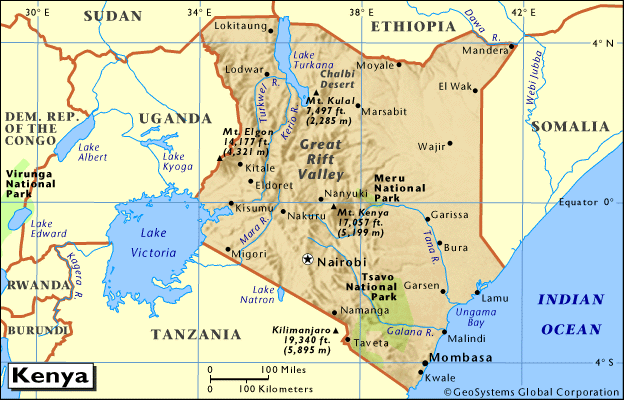top of page
The People and History of Bura

The people of Bura are predominantly of the Taita (Dawida) ethnic group. Most people under the age of 30 speak English, but the Dawida language is their mother tongue, and Swahili is Kenya's national language. The total number of Taita people in Kenya is estimated to be approximately 250,000 making it one of the smaller ethnic groups in the country. The ancestors of the Bura Taita are said to have migrated from Lewa in Tanzania, in search of land for grazing and cultivation. They settled initially in the hills to grow some crops, while maintaining plots of land in the lower region for others. Family members migrated seasonally to care for the farms and graze livestock. Game meat was plentiful and honey was harvested using traditional methods. There was considerable mobility and it was not unheard of for people to walk as far as Tanzania (approximately 30 miles) to visit friends or to trade goods and livestock.
Several forces have largely destroyed the systems that the Bura people established to meet their needs while caring for their natural surroundings. In the late 1800's, Catholic missionaries came from the coast and confiscated 1000 acres of the best agricultural land. Many farmers moved away from their productive farms in search of land in the dry and bushy lowlands when this happened. Others resisted the Mission, and eventually it returned parts of the land that it had taken. The Mission was most generous with those who converted to Catholicism, urging them to settle on the best pieces of land surrounding the Mission, disregarding original settlers.
In the 1960's and 70's tourism began to emerge as Kenya's leading industry. Jomo Kenyatta, the president at that time, generously offered a huge tract of land in this area to a European friend. This became the Taita Hills Wildlife Reserve and the Salt Lick Lodge. Hunting and killing of wild animals was criminalized, but little was done to protect the farmers from the animals. The result is that animals such as elephant and buffalo freely roam the lowlands destroying crops, uprooting fruit trees and endangering lives. The resulting insecurity keeps farmers from undertaking certain activities such as planting trees in the lowlands. It also means that a large amount of labor is required to guard crops.
The 1970's was a period of land demarcation. Private ownership of land became the rule and land was consolidated in order to settle families on individual tracts. Families could no longer depend on small tracts (shambas) in several areas as they had in the past. Consolidation means that a family must now depend on one piece of land to meet its needs. If that piece fails, the family faces hunger. Cooperation between family members has been affected as nuclear families and their private land has replaced extended families managing larger and more diverse pieces of cornrnunal land. Conflicts have arisen as some acquired land in the most productive areas while others were consolidated on their least productive lands. Environmental degradation has increased as people are forced to cultivate on marginal land destroying areas of ecological importance.
Bura Location has many schools. There are twelve primary schools, seven high schools, a vocational center for the disabled, a polytechnic school and a private teachers' training college.
There are five health centers in the location including Sagaighu, Mbagha, Mwashuma, Bura Station and Bura Mission. The first four are government operated, while the latter is a private clinic run by the Catholic church. There is a police base near the Mission, and another outpost at the Chief's headquarters. The predominant religion is Catholicism. The Anglican Church has a small following and a new Anglican Church is being built. There are also some Pentacostal Churches in the area.
Bura Location has seven sub-Iocations each of which includes several villages. Each village is governed locally by a village head. Each sub-Iocation is governed by an appointed Assistant Chief, supervised at the Location level by a Chief. All Chiefs in Taita-Taveta County answer to the County Commissioner who in turn answers to the Regional Commissioner and finally to the President. Elected officials include councilors at the Location level and Members of Parliament at the Regional Level.
There are many types of organizations in Bura. Women's groups play important roles. They undertake income generating projects and village banking. Men's groups and self-help groups also attempt to do the same. The Horticuhural Cooperative provides members with seeds, fertilizer and a market for their produce. Each Village has a committee that works with non-governmental organizations (NGOs) such as Plan International and DANIDA to implement water, health, education, and agriculture projects. Cultural groups including actors, drummers and dancers provide entertainment for community events.

bottom of page

